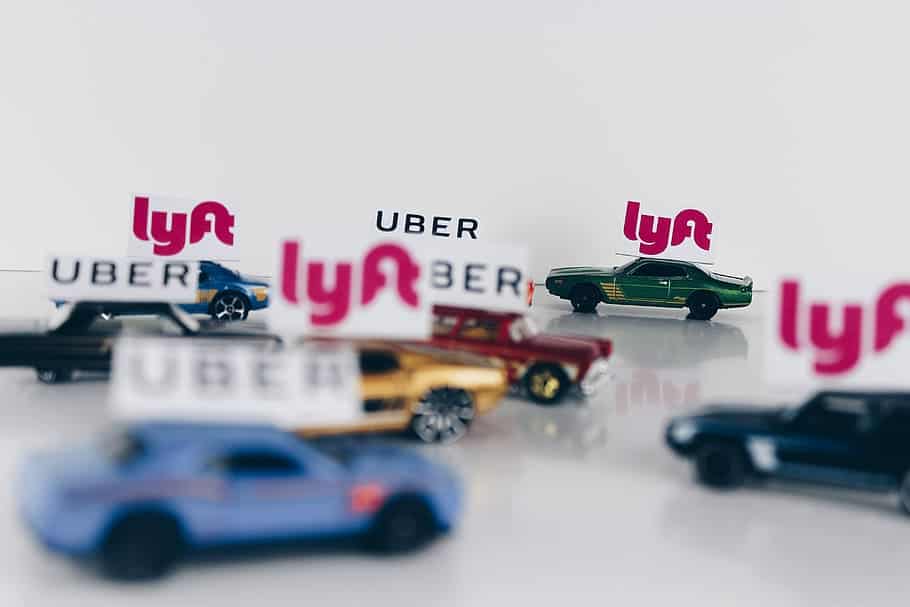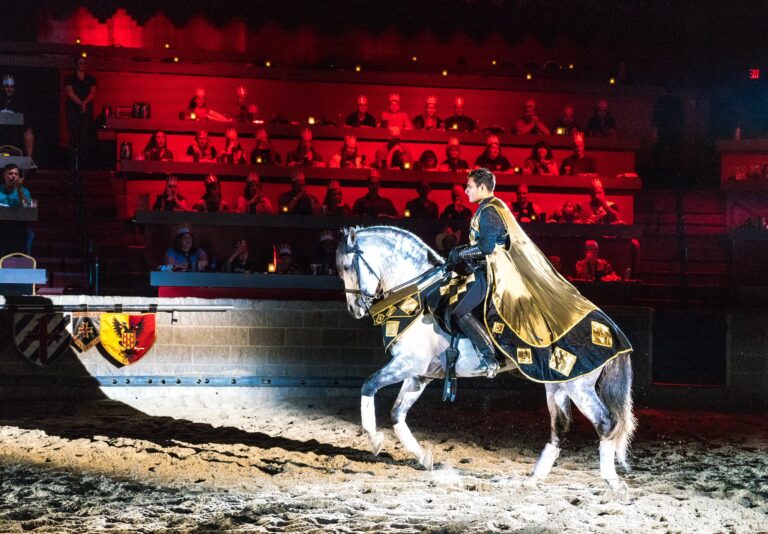
Sharon Block is a Professor of Practice and the Executive Director of the Center for Labor and a Just Economy at Harvard Law School.
The biggest news in the world of protections for gig-economy workers came this month not from the National Labor Relations Board or the Department of Labor or the Equal Employment Opportunity Commission — the federal agencies charged with setting employment standards for the fair treatment of the nation’s workforce. Instead, the Federal Trade Commission made news by announcing a new initiative to protect gig workers. According to the FTC’s policy statement, the Commission will make it an enforcement priority “to fight for consumers who work in jobs in the gig economy.” This fight will include addressing anticompetitive practices that harm “workers’ wages, job quality and other aspects of gig work.”
I will admit to finding the terminology in the FTC’s announcement a little confusing. Are Uber and Lyft drivers workers or consumers or both? Are the gig companies being regulated as employers or market participants or both? Putting aside the round-peg-square-hole nature of these terms of art, it is clear that the FTC’s objective is one that would be familiar to any labor or employment lawyer. The Commission aims to prevent companies from cheating the people who toil to make money for them. That is certainly a core aim of labor and employment law, especially the Fair Labor Standards Act and the agency that enforces that law, the Wage and Hour Division of the Department of Labor.
The FTC is going to use its fair competition tools, which are very different from DOL’s tools, to accomplish this common objective. The Commission will examine three areas:
- whether the companies deceive drivers about how much money they can make and the costs they will incur in doing work on their platforms;
- whether the companies restrict drivers’ ability to work for competitor firms; and
- whether companies are colluding with each other to unlawfully fix wages, benefits or working conditions to the detriment of drivers.
For drivers caught in the Wild West of independent contractor status, imposed by the companies and perpetuated by government’s inability to effectively insist on employee status for them, the FTC’s innovative entry into the worker-protection side of the gig economy must be welcome news. I am excited to see how these enforcement initiatives develop and improve the lives of drivers.
The FTC’s activity in the gig economy, while welcome, also highlights the significant weakness in the legal infrastructure that is supposed protect workers in the U.S. Why do gig-economy drivers need the FTC to put a “consumer” label on them to protect them from the rapacious behavior of the companies they drive for? Because our labor and employment laws are too weak to adequately protect them. So far, at the federal level and in almost every state, the companies have won the battle to label drivers independent contractors.
DOL can say that these workers are misclassified, but the truth is that talking is often all that DOL can do because federal law does not make misclassification in and of itself unlawful. Instead, DOL would have to prove that the drivers were being misclassified and that as a result of that misclassification, a federal law was violated. For example, if DOL could prove that drivers are employees, DOL would still have to prove that drivers were not paid a sufficient amount to meet the requirements of minimum wage and overtime laws. The FTC’s enforcement authority will not allow it to directly raise the wages of gig-economy drivers, but it will create some pressure on the companies to treat drivers better and fill in some of the void created by the FLSA’s structural impediments to enforcement.
There are many examples of other legal regimes having to fill in the voids created by weak labor and employment laws. Sticking with competition law, the Biden Administration has launched a collaboration between the Department of Labor and the Antitrust Division of DOJ to better protect workers, including those who have been misclassified. The press release announcing a new Memorandum of Understanding between the agencies notes that the objective of their collaboration will be to “protect the right of workers to earn a fair wage.” DOJ will be bringing their significant enforcement resources to looking out for the well-being of workers — filling in the gaps in the range of tools available to DOL to make work fair and adequately remunerative. The Antitrust Division will initially partner with DOL on addressing misclassification and wage fixing — two practices that can depress wages and make workers more vulnerable.
Next, take the Occupational Safety and Health Act. On the face of it, the OSH Act seems like a comprehensive worker-protection statute. But the reality is far from comprehensive enforcement. First, OSHA is chronically underfunded and understaffed, so many unsafe workplaces simply hide in the shadows. Second, the OSH Act penalties are too weak to create meaningfully enough deterrence. That is why the Department of Justice’s Environmental Crimes Section (ECS) created a worker-protection initiative and why the Deputy Attorney General in the Obama Administration directed U.S. Attorneys to work with ECS to prosecute worker-safety violations. The saga of holding McWane Inc. accountable for years’ long pattern of horrifying workplace fatalities demonstrates this dynamic. Over and over again, federal prosecutors have achieved the most serious prison sentences and most significant fines when prosecuting the company and its officials under environmental statutes instead of under the OSH Act. That makes sense — lax environmental-hazard practices endanger not just communities and animals, but also workers. But what happens to workers whose negligent employers do not happen to also violate environmental statutes? Their cases rarely result in criminal penalties. The OSH Act provides only for misdemeanor prosecutions, and federal prosecutors rarely have the time or resources to devote to cases that yield such minimal outcomes.
Even the Securities and Exchange Commission has been pulled into service of creating a deterrent to lax workplace safety. The penalties under the Mine Safety and Health Act are similarly too weak to deter safety violations in many of our nation’s mines. The SEC has used its authority to “name and shame” companies with significant violations as an additional deterrent to bad behavior. Since 2011, the SEC has required that mining companies disclose to their shareholders significant and substantial violations of MSHA standards at their mines and the penalties assessed. This regulatory regime relies on the sad but strategic intuition that mining companies care more about what their investors think about them than what their employees do.
The bottom line is that all of these legal work-arounds are necessitated by the weakness in our collective bargaining laws. If more workers had stronger unions, much of this enforcement activity would not be necessary. Workers would have the ability to assert their rights themselves and would not need to rely on worker-protection agencies — or innovative use of other agencies’ enforcement power — to stick up for them. While I commend the Biden Administration for supporting these innovative approaches to protecting workers, I wish they weren’t necessary.









Daily News & Commentary
Start your day with our roundup of the latest labor developments. See all
December 22
Worker-friendly legislation enacted in New York; UW Professor wins free speech case; Trucking company ordered to pay $23 million to Teamsters.
December 21
Argentine unions march against labor law reform; WNBA players vote to authorize a strike; and the NLRB prepares to clear its backlog.
December 19
Labor law professors file an amici curiae and the NLRB regains quorum.
December 18
New Jersey adopts disparate impact rules; Teamsters oppose railroad merger; court pauses more shutdown layoffs.
December 17
The TSA suspends a labor union representing 47,000 officers for a second time; the Trump administration seeks to recruit over 1,000 artificial intelligence experts to the federal workforce; and the New York Times reports on the tumultuous changes that U.S. labor relations has seen over the past year.
December 16
Second Circuit affirms dismissal of former collegiate athletes’ antitrust suit; UPS will invest $120 million in truck-unloading robots; Sharon Block argues there are reasons for optimism about labor’s future.